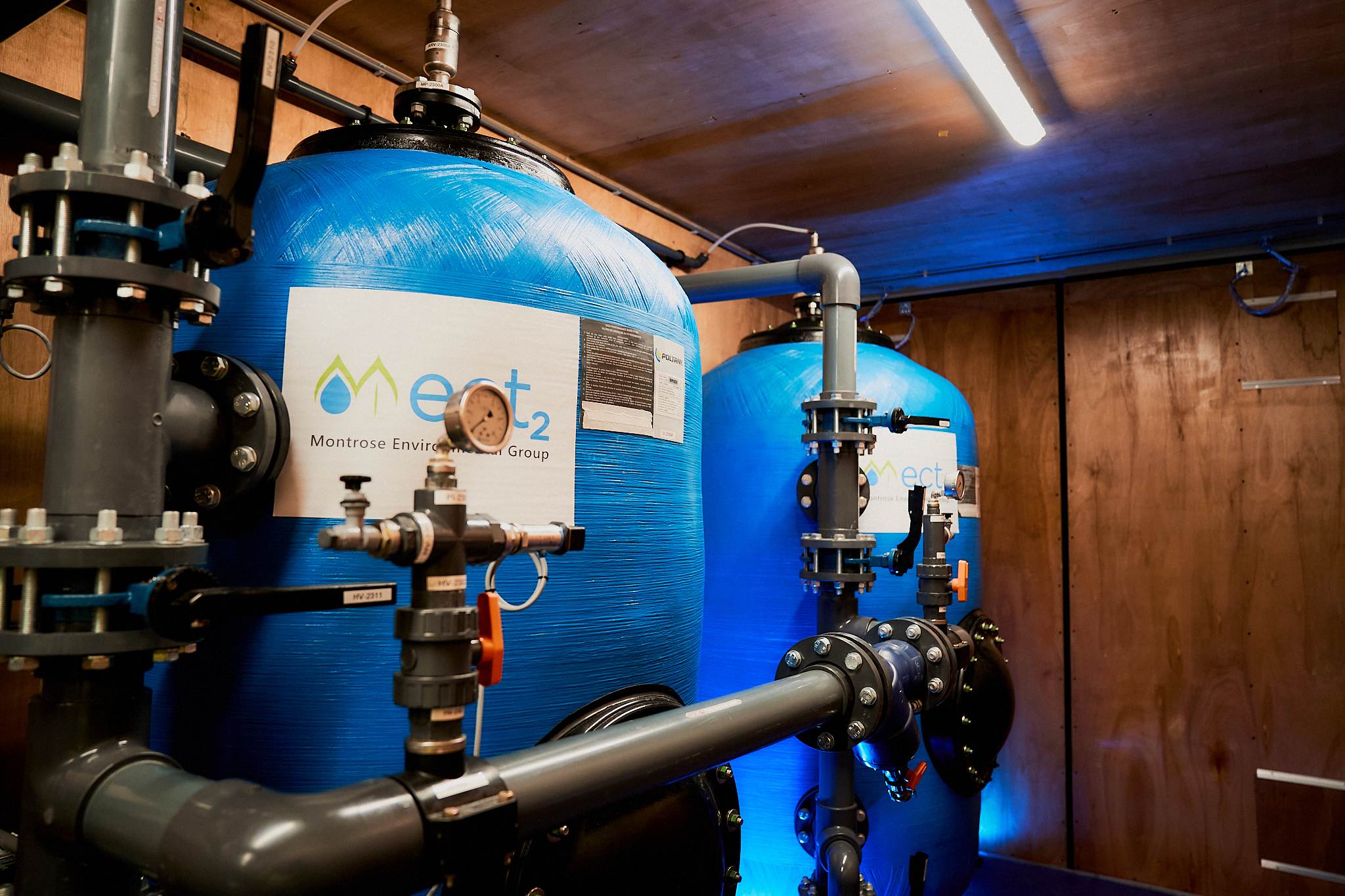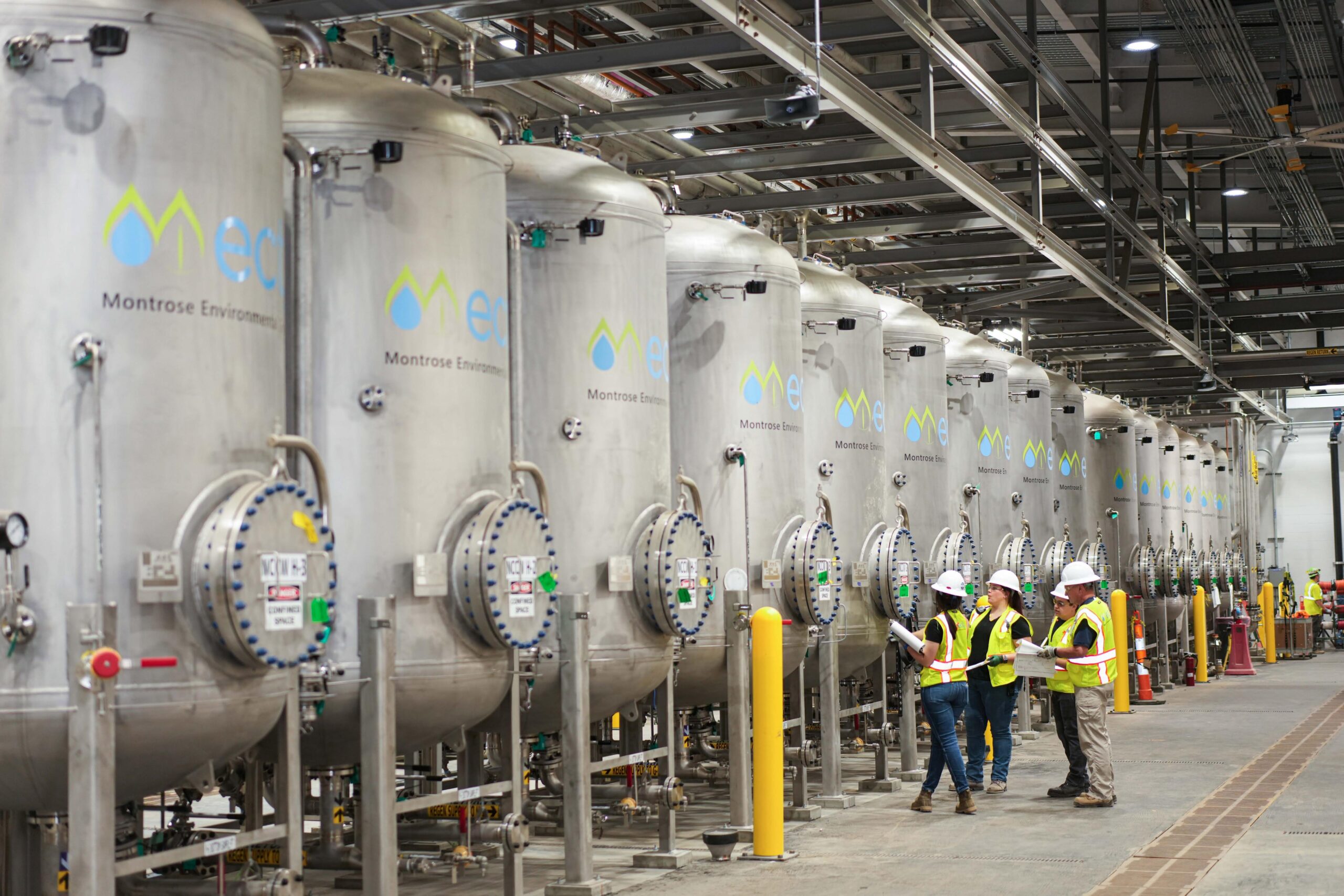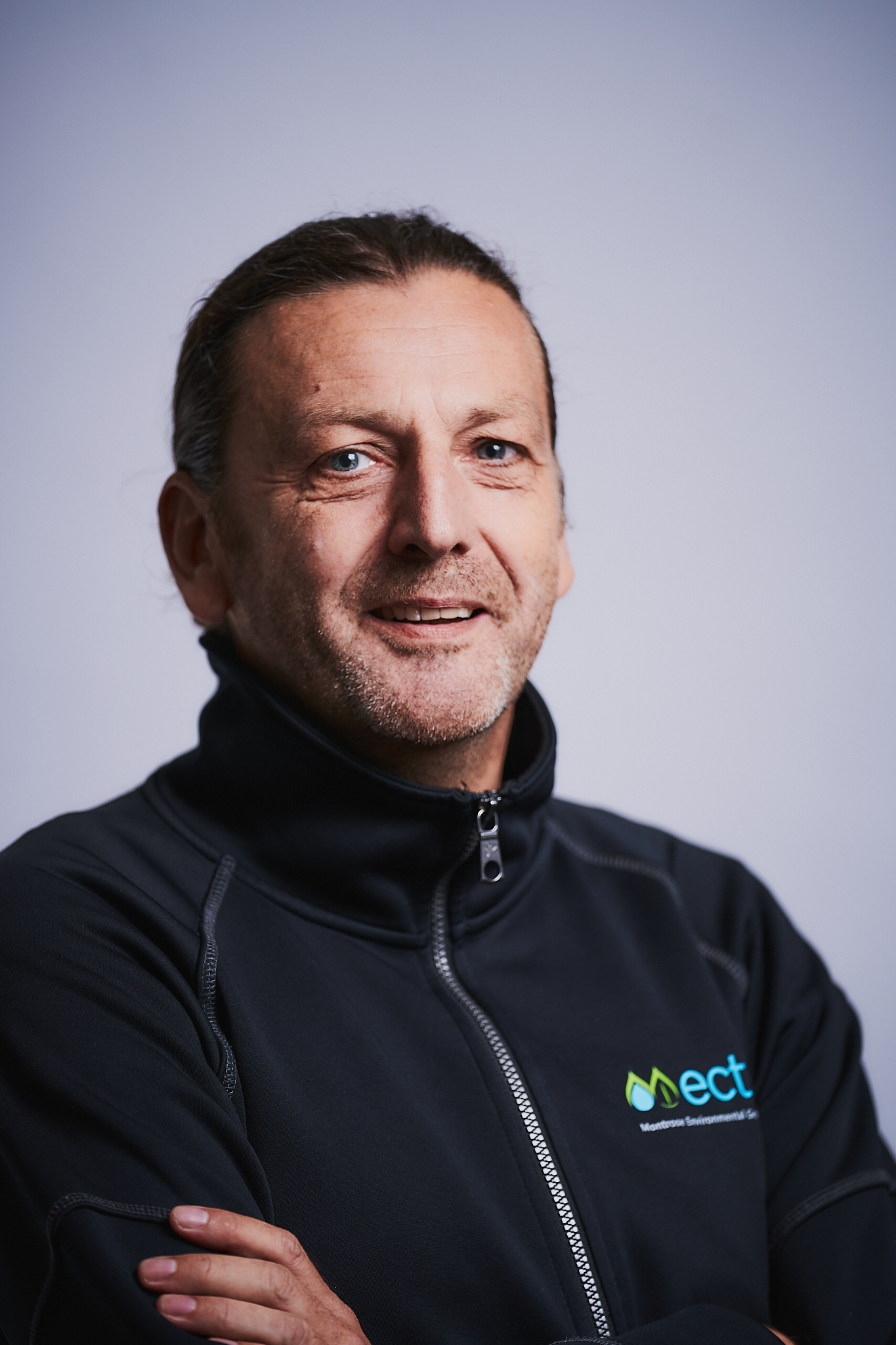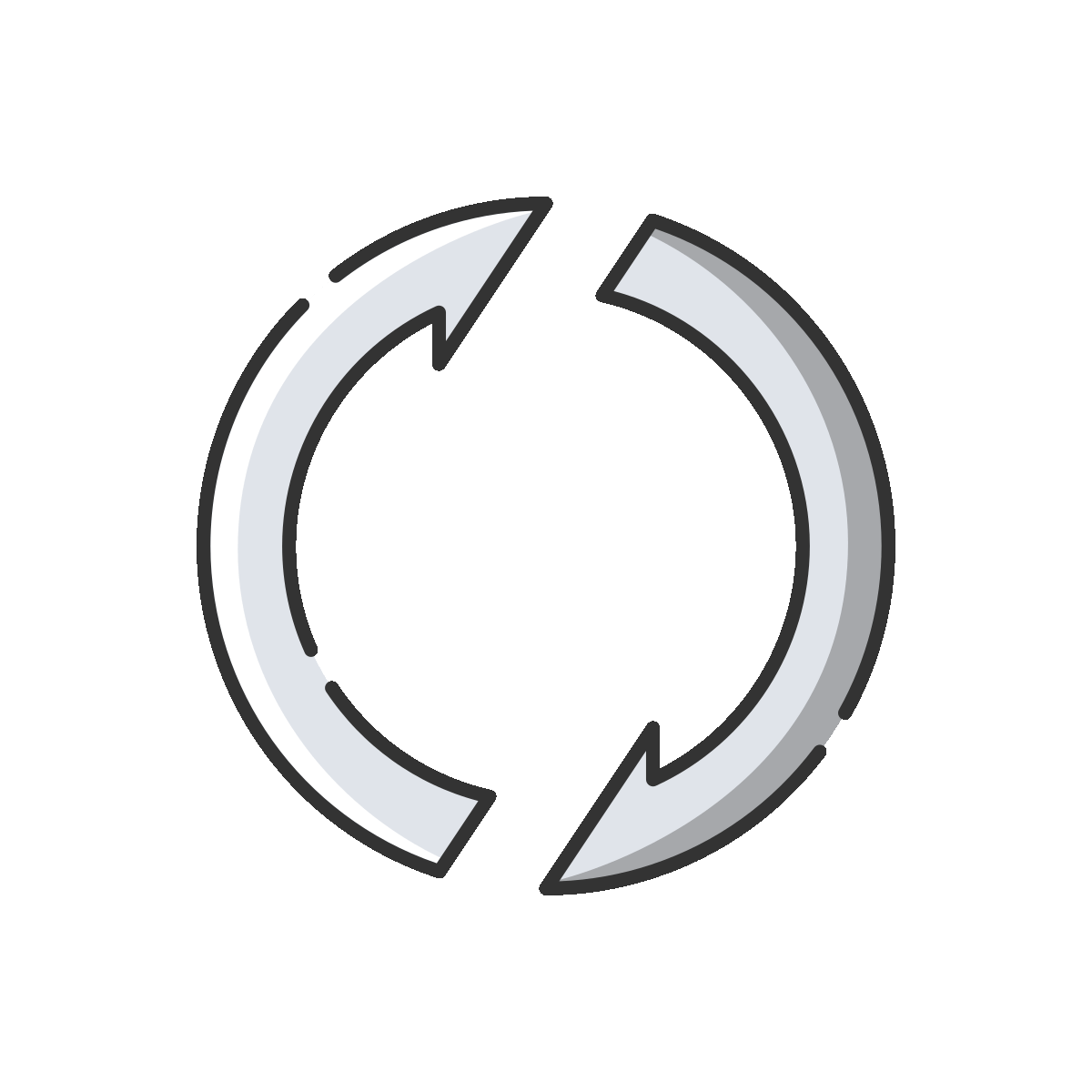There is a new study, conducted for the Flemish Region in Belgium*, that evaluates the “best available technologies” for removing per- and polyfluoroalkyl substances (PFAS) from water. The report looks at several technologies in detail and weighs up the pros and cons of using each of them.
One of the technologies discussed in the report is ion exchange resin, which it describes as having a higher capacity for PFAS, a shorter contact time and lower material consumption than techniques that rely solely on adsorption such as granular activated carbon.
Reusing ion exchange resin
The advantages of ion exchange in treating PFAS are already familiar to many in the industry. What fewer people already know is that some ion exchange resin can be “regenerated” and used again and again. The report says this becomes “economically interesting” when treating flows with higher PFAS concentrations and where low final concentrations must be achieved. This is exactly the situation that many industrial companies in Flanders find themselves in today since the government has stated the limit for any individual PFAS in wastewater will be 20 ng/l.

Ion exchange at a customer site in Europe
Less cost, less waste
It can cost millions to buy, replace, and destroy the huge volumes of carbon or ion exchange resin needed to filter out PFAS. What makes regeneration so cost-effective in the long run is that it virtually eliminates these costs. The system rinses the PFAS away from the resin you use to treat your water, which means you can reuse that same resin many times.
The Flanders report mentions that regeneration requires large amounts of solvents and brine, but that the associated costs can be reduced if these are recovered after regeneration. This is exactly how our system works: after using solvent and brine to remove the PFAS from the resin, we distil it so that, like the resin, it can also be reused. Our closed-loop system recovers 99% of the solvent, resulting in less cost and less waste.

ECT2 built the world’s largest PFAS remediation plant. It uses regenerable ion exchange technology
Where is it in use today?
ECT2 is the company currently running Belgium’s first tests for regeneration technology, so we can confirm that the Flanders report is correct in saying it is currently at the “demonstration phase” here. In other countries, however, our SORBIX RePURE system for regeneration has already been up and running for several years. The report mentions that “in the United States and Australia there are concrete cases where regenerable ion exchange is carried out on a large scale with processed flow rates between 11.5 m³/h to 415 m³/h”.
All of these “concrete cases” mentioned in the report are companies working with ECT2. One of our customers is a Fortune 500 manufacturing company in the USA, which is using SORBIX™ RePURE to treat huge volumes of PFAS at its site. It is the largest industrial wastewater system in the world.
Other customers using this technology include RAAF Base Williamtown Moors Drain in Australia and the United States Air Force Civil Engineering Center in the USA. Collectively we have used this technology to remove PFAS from hundreds of millions of litres of these customers’ water.
Regeneration in Flanders
Now we are preparing to do the same for customers in Belgium, but with an innovative twist. As well as offering businesses the chance to have their own regeneration plants, we are looking to establish a central regeneration system in Flanders that through economies of scale will lower the costs of PFAS treatment even further.
 Connect with a PFAS expert
Connect with a PFAS expert
No treatment technology is right for everyone. For some businesses, there are better solutions, but for many businesses, regeneration is the obvious way to go. If you would like to explore your options, to test the effectiveness of different technologies on your water, or just to learn more, then please feel free to call Stefan Tassens on +32 478 767 067 or use the contact form below.
Additional resources
Regeneration Q&A
Read this, if you haven’t already, to learn more about this technology and what the Flanders report has to say about it.
Read Q&A
SORBIX™ RePURE product sheet
A short description of our regenerable ion exchange system for you to share with your PFAS project team.
Download PDF
Case study:
RAAF Base Williamtown Moors Drain
This high-capacity SORBIX™ RePURE regenerable ion exchange system is removing PFOS, PFHxS, PFOA and other compounds, reducing costs and minimizing downtime.
Read case study
Case study:
United States Air Force Civil Engineering Center
Our proprietary SORBIX™ RePURE system is achieving excellent results in removing PFAS and minimizing waste, consistently achieving non-detect results.
Read case study
* The study, titled ‘Best available techniques (BAT) for the treatment of PFAS-containing industrial wastewater and drainage water’, was conducted for the Flemish Region in Belgium by the Flemish Knowledge Center for Best Available Techniques (VITO).
